
Who’s afraid of the alpine wolf?
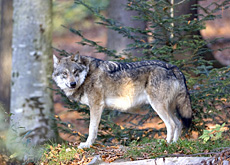
The wolf has been polarising Switzerland ever since it returned to the country and started killing sheep, but it is causing more work for some cantons than others.
While Graubünden in eastern Switzerland has fewer wolves and larger, better-protected herds, Valais in the west is home to more wolves, which are preying on the smaller herds.
Wolves were driven to extinction in Switzerland a century ago, but their recent return frequently makes it into the headlines – invariably for negative reasons when another sheep is killed.
According to the 2001 “Swiss Wolf Project”, regulations revised two years ago permit the shooting of any wolf believed to have killed at least 35 sheep over a four-month period or 25 in a single month.
The effectiveness of the wolf concept is now set to be examined by a working group under the direction of the Federal Environment Office.
Sheep farmers, who fear their losses could rise exponentially if wolves start breeding in Switzerland as expected, will also have the chance to argue their case.
The aim is to come up with a revised concept before sheep get put out to pasture in the summer.
Protection status
In November Switzerland failed in a bid to downgrade the protection status of the wolf, which would have allowed the animal to be culled in Europe.
The standing committee of the Bern Convention on wildlife protection rejected a Swiss request to have the wolf reduced from “strictly protected” to “protected” at a meeting in Strasbourg.
The decision came less than a week after a wolf, reported to have killed around 30 sheep, was shot dead in Valais. It was one of only around an estimated half-dozen wolves in Switzerland.
But Peter Scheibler, the hunting inspector for Valais, does not accept that different rules should apply to his canton. “Because Valais is densely populated there will immediately be problems in connection with livestock whenever a wolf appears on the scene,” he said.
Peace in the Valais?
Valais is sticking to the wolf concept and is urging shepherds to merge their flocks. “At present that is the only option to prevent damage,” said Scheibler.
The problem in Valais is flock size. As sheep-rearing in the canton, and especially in Upper Valais, is just a hobby for many, flocks are often very small, perhaps only 20-30 animals. In these cases, employing shepherds and sheepdogs is too expensive.
Another problem is that Valais comprises thousands of alpine pastures, most of them very small. Scheibler admits that in many cases merging flocks is simply not possible.
“Even if Obergoms, which is a wolf area, had only 50-60 pastures, the material means to protect all of them simply isn’t there. Not to mention the financial aspect,” he said. “These are practical problems to which there are currently limited solutions if any.”
Over in Graubünden sheep farmers have been protecting their flocks for longer. “We’ve had more time to come up with preventive measures,” said Georg Brosi, the cantonal inspector for hunting.
Long-term mentality
According to the Swiss Wolf project, killed sheep can only count towards the 25 or 35 sheep total for shooting a wolf if they are part of a protected flock.
Yet farmers in Valais are not interested in sheepdogs. “The mentality must undergo a more long-term adjustment,” said Daniel Mettler, national sheep protection coordinator for the environment office.
“The more professionally sheep breeding is conducted, the better prepared the shepherds will be.”
For the past three years Mettler has, in emergencies, been able to call on the rapid response team of the local flock protection centre. Within two or three days they’re in position.
“Wherever the response team has been, there’s been no more damage,” he pointed out.
swissinfo, Christian Raaflaub
Wolves were driven to extinction throughout most of western Europe by the start of the 20th century, largely by hunting and the expansion of human settlements and upland farming into areas in which they had ranged free.
But over the past few decades, partly as a result of the Bern Convention, some have returned to the Alps – stretching from France across northern Italy and Switzerland to Austria – with the help of conservationists.
Single animals returned to Switzerland from Italy in 1995. The penalty for illegally killing a wolf is up to one year in prison and a fine.
A recent survey for the WWF found that 76% of Swiss welcome the return of the wolf.
However this dropped to 47% in canton Valais.

In compliance with the JTI standards
More: SWI swissinfo.ch certified by the Journalism Trust Initiative















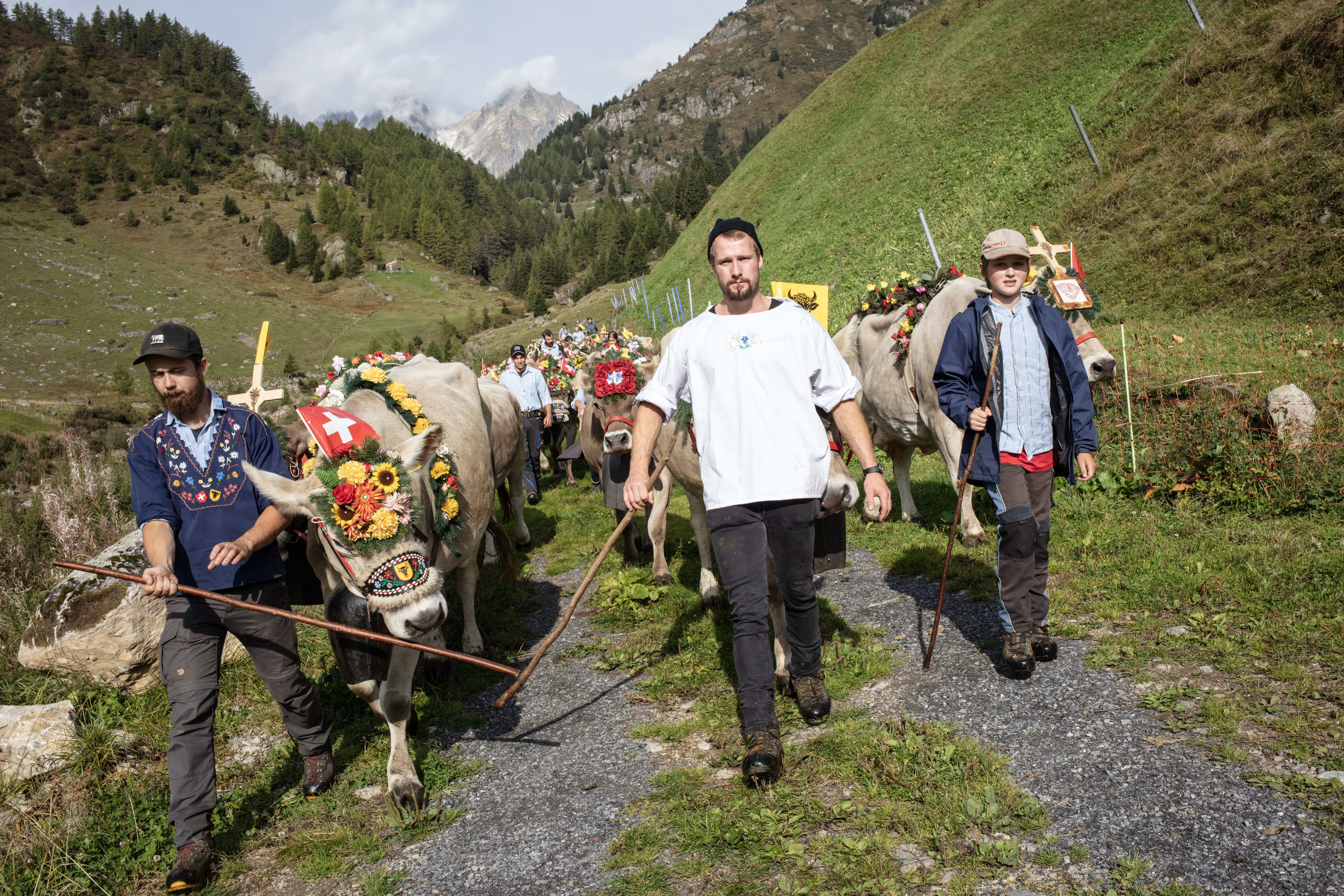
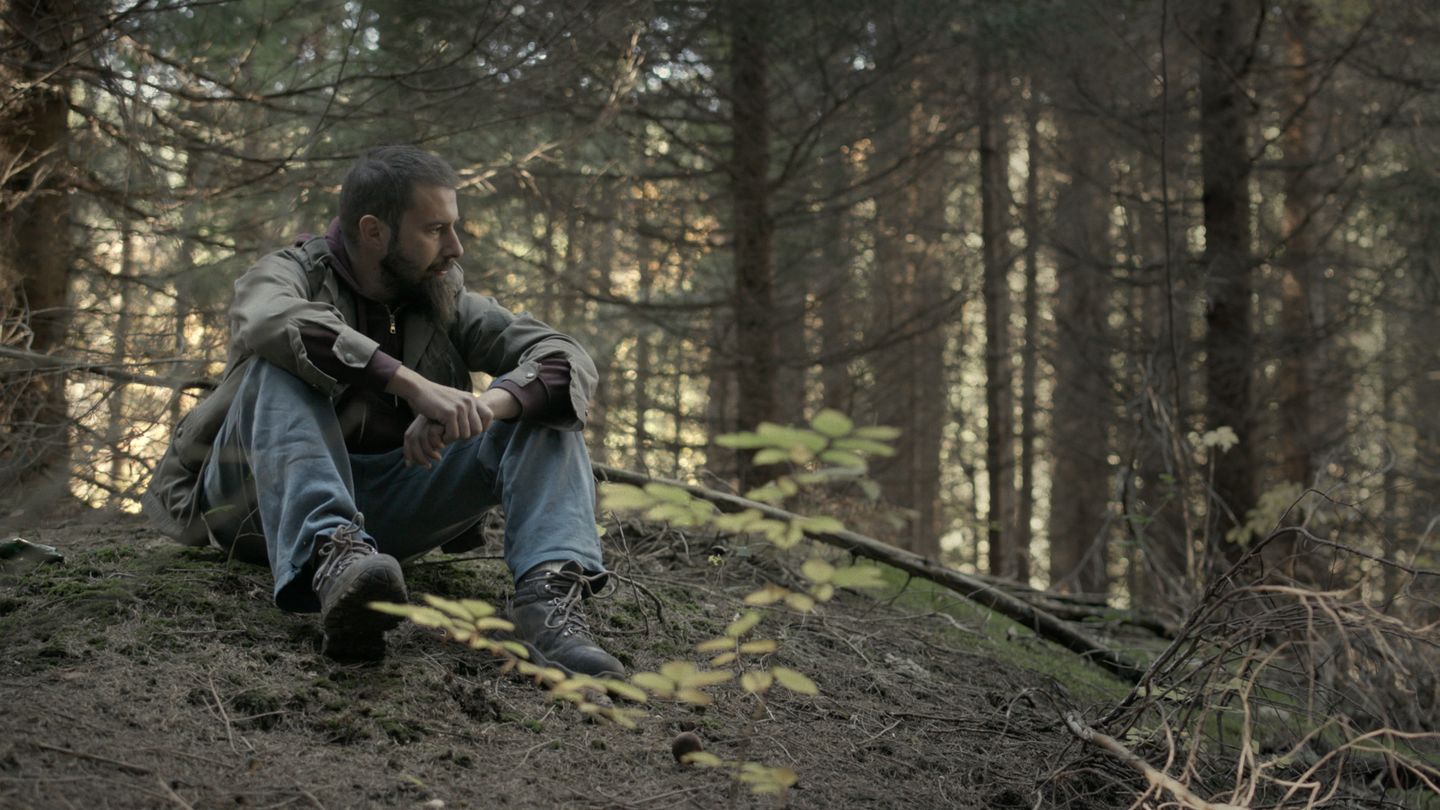
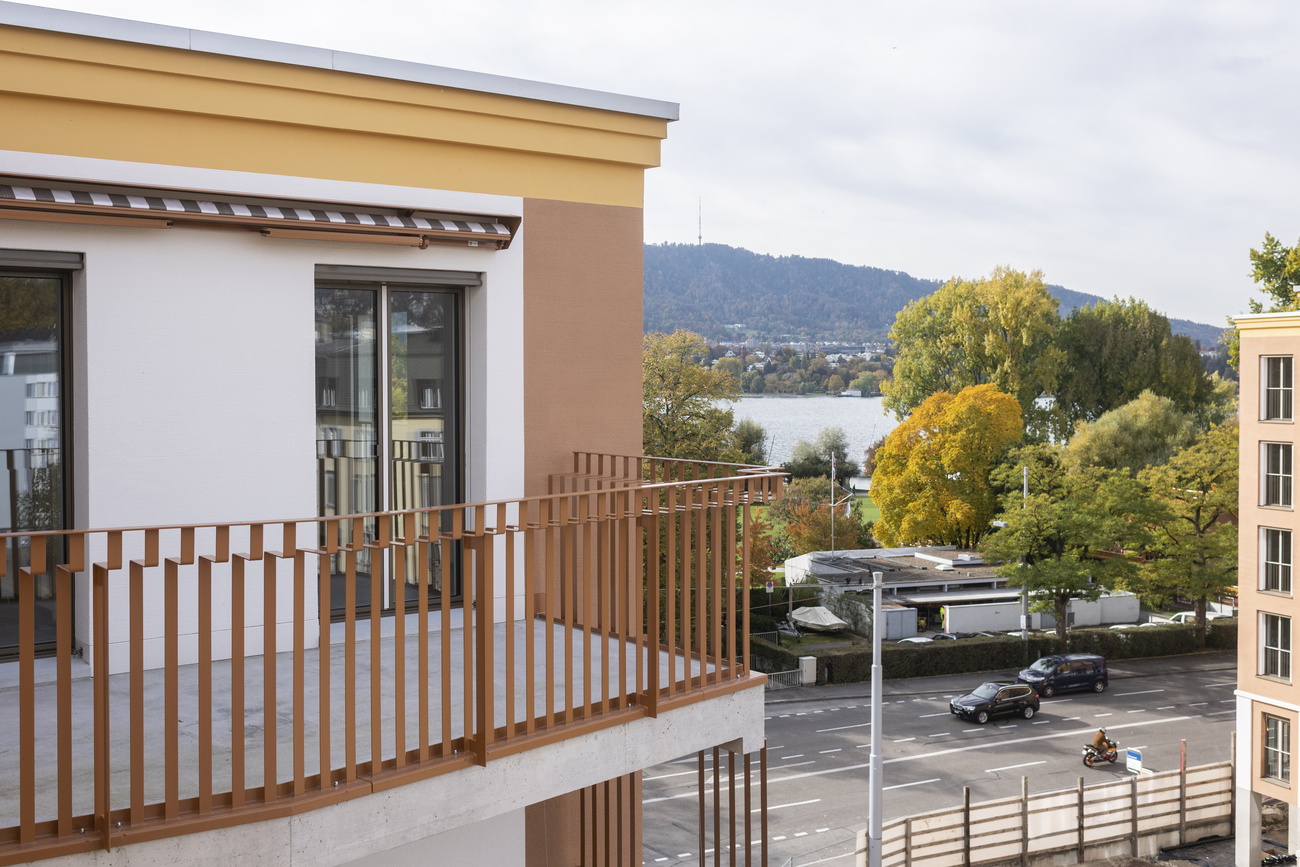









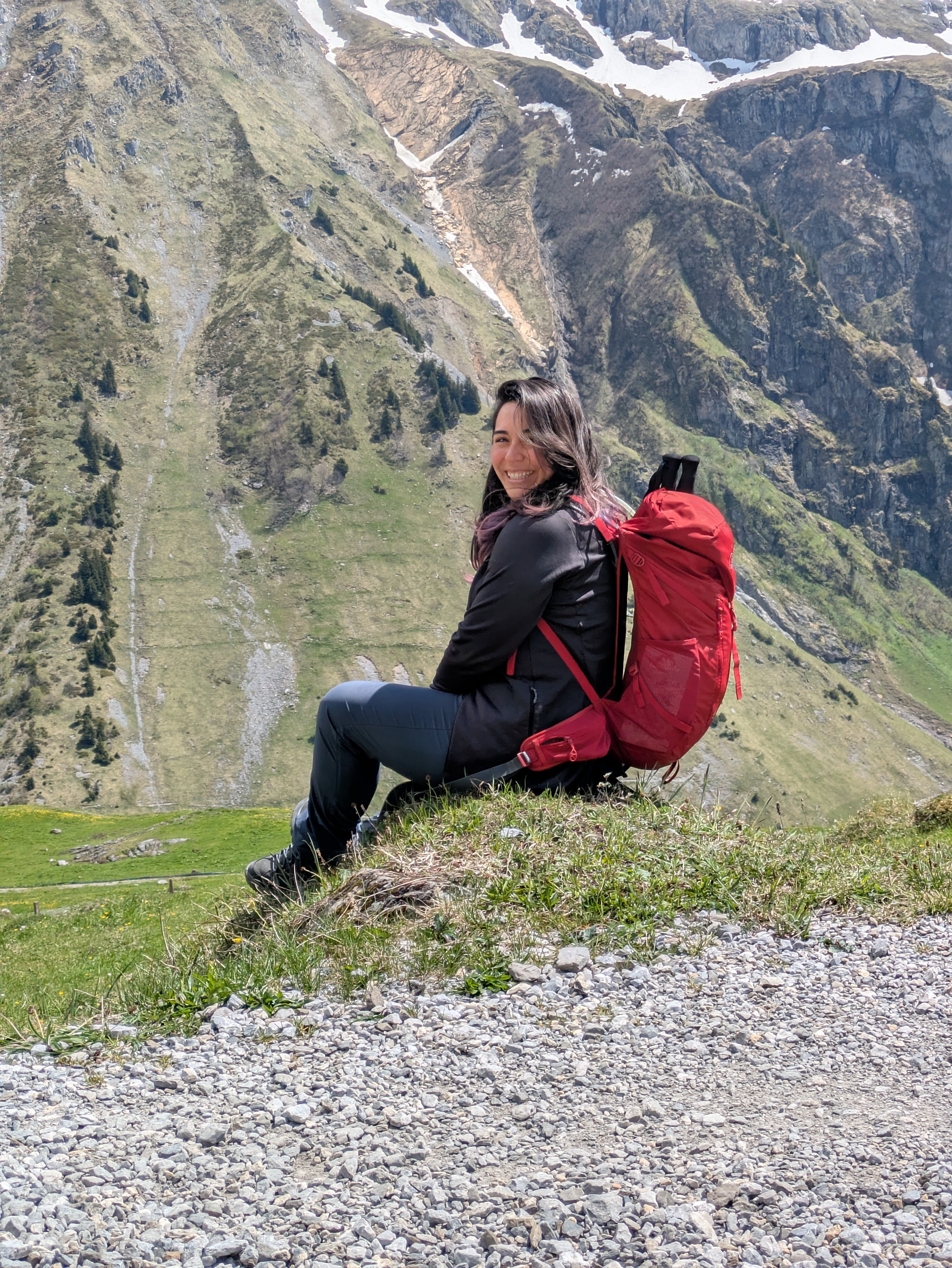


You can find an overview of ongoing debates with our journalists here . Please join us!
If you want to start a conversation about a topic raised in this article or want to report factual errors, email us at english@swissinfo.ch.